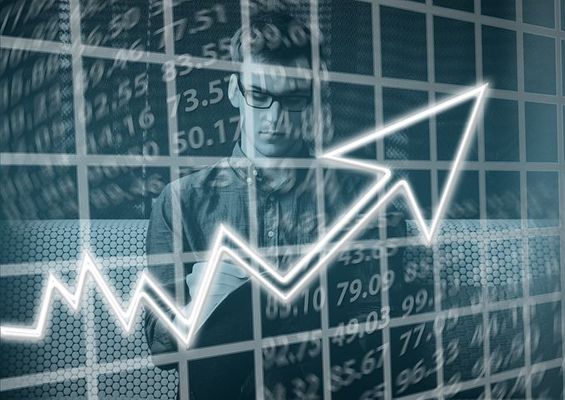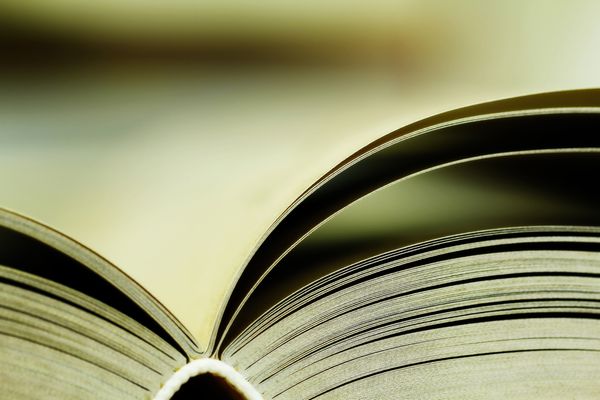3.3.2
The Economic Miracle, 1955-1966
The Economic Miracle
The Economic Miracle
The rate of economic recovery from the early 1950s to 1966 has been described as miraculous.


Rate of economic growth
Rate of economic growth
- On average, the annual growth in the Federal Republic of Germany between 1951 and 1965 was 8%.
- The FRG's GNP (gross national product) increased by 100% between 1950 and 1955.


Exports
Exports
- By 1954, the Federal Republic was behind the United States and Britain as a trading power.


Job creation
Job creation
- Employment had risen by 4.2% by 1955.
- Between 1949 and 1963, incomes rose by around 400%.
Reasons Behind the Economic Miracle
Reasons Behind the Economic Miracle
Several factors contributed to the economic miracle in the Federal Republic of Germany. These included the following:


The impact of Bizonia
The impact of Bizonia
- The formation of Bizonia drove economic recovery.
- The Western powers removed price controlled, implemented currency reform, encouraged free competition and reduced marginal tax rates.
- This encouraged people to work and this is confirmed by the fall in absenteeism.
- However, we should remember that the benefit of policies in Bizonia did not come instantly. There was initially rising prices, which hit the poor.


The Marshall Plan
The Marshall Plan
- The aid from the Marshall Plan stimulated the Federal Republic of Germany’s economy.
- Traditionally, historians have argued that this was the principal cause of the economic miracle.
- However, revisionist historians have challenged this perspective.
- Between 1948 and 1949, the aid was only 5% of the FRG’s GDP.
- Perkins (1999): "The current general consensus, not shared by Nicholls, is that Marshall Aid...played a minor role in the recovery of the West German economy."


The Korean War
The Korean War
- The economy benefitted from the Korean War.
- This is because the FRG profited from greater demand for Ruhr goods.
- Competitor nations could not supply war materials. Meaning that Federal Republic of Germany's exports increased by 100%.


The government
The government
- The government controlled inflation through the regulation of interest rates and the supply of money.
- The government did not pay large amounts of reparations.
- Because the Federal Republic of Germany did not have an army until 1955, the government also had minimal defence costs.


Historical interpretations
Historical interpretations
- Alt and Schneider (1962): "So long as the means of production are not very badly destroyed...the main prerequisite for a rapid industrial reconstruction is the existence of a skilled labor force."
- Perkins (1999): "The economic recovery from the late 1940s is explicable in terms of a juncture of circumstances, in particular those inherited from the era of the Third Reich and the emerging context of the development of world trade."
1Political & Governmental Change, 1918-1989
1.1Creation & Collapse of Weimar, 1918-1932
1.2Nazi Dictatorship, 1933-1945
1.3Return to Democratic Government, 1945-1989
2Opposition, Control & Consent 1918-1989
2.1Opposition to Government, 1918-1989
2.2Controlling the People, 1918-1989
3Economic Developments & Policies, 1918-1989
3.1Reacting to Economic Challenges, 1918-1932
3.2Controlling the Economy, 1933-1945
3.3Creating the Social Market Economy, 1945-1989
4Aspects of Life, 1918-1989
4.1Attitudes Towards Women, 1918-1989
4.2Education & Cultural Developments, 1918-1989
5Historical Interpretations
5.1Influence of German History
5.2Hitler & Foreign Policy
5.3Contribution of Other Nations to WW2
5.4Reasons for Invading Poland
Jump to other topics
1Political & Governmental Change, 1918-1989
1.1Creation & Collapse of Weimar, 1918-1932
1.2Nazi Dictatorship, 1933-1945
1.3Return to Democratic Government, 1945-1989
2Opposition, Control & Consent 1918-1989
2.1Opposition to Government, 1918-1989
2.2Controlling the People, 1918-1989
3Economic Developments & Policies, 1918-1989
3.1Reacting to Economic Challenges, 1918-1932
3.2Controlling the Economy, 1933-1945
3.3Creating the Social Market Economy, 1945-1989
4Aspects of Life, 1918-1989
4.1Attitudes Towards Women, 1918-1989
4.2Education & Cultural Developments, 1918-1989
5Historical Interpretations
5.1Influence of German History
5.2Hitler & Foreign Policy
5.3Contribution of Other Nations to WW2
5.4Reasons for Invading Poland
Unlock your full potential with Seneca Premium
Unlimited access to 10,000+ open-ended exam questions
Mini-mock exams based on your study history
Unlock 800+ premium courses & e-books
